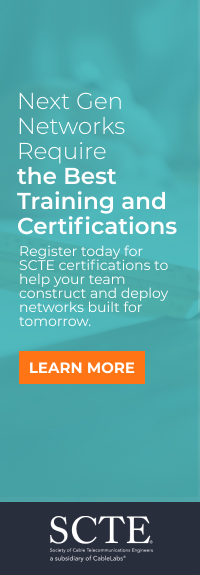In the Evolving AI Landscape, Telecoms
See New Opportunity
Controlling AI Governance and Costs
To understand why telcos believe these new AI NIaaS offerings will be so compelling, we need only review the Three Big Cs, starting with Control. Telecom networks already reach most locations where enterprises want to extend AI and often have a kind of “built-in sovereignty.” They typically support local breakout to minimize data movement across borders, and many already comply with laws like the European Union’s General Data Protection Regulation (GDPR).
Using a telecom NIaaS service can also make it easier for organizations to strengthen security. Telco IP transport networks allow for end-to-end encryption to protect sensitive AI data during transport. Working with a telecom partner also makes it simpler to layer cyber defenses like zero trust network access (ZTNA), secure service edge (SSE), quantum secure, and private edge distributions on top of AI deployments.
Telcos also offer advantages in helping organizations control Costs. They typically offer competitive pricing compared to large cloud providers, especially for local or regional services. Just as important, working with a telco does not lock in customers. Many operators work with multiple public cloud providers on behalf of enterprise customers, and most already offer hybrid cloud models that combine edge cloud capabilities with local traffic breakout to public cloud infrastructures.
 The Telecom Technology Edge
The Telecom Technology Edge
On top of the first two Cs, telcos can also offer significant differentiation through the unique technical Capabilities they bring to help customers unleash the full potential of AI. Those strengths will only come into sharper focus as AI becomes more distributed in the coming years.
First, there’s the proximity of telecom networks to the enterprise edge. As the party responsible for actually connecting distributed branches and edge locations, telcos are inherently positioned close to end-users and devices. This physical presence puts telcos in prime position to combine on-demand edge hosting infrastructure with high-performance IP networking. Many advanced enterprise AI applications — like real-time AI decision-making, quality monitoring, analytics, autonomous systems, and end-customer interactions — break down if queries are routed to a centralized public cloud data center. Using AI-ready telco edge computing capabilities, organizations can process and act on data right at the point where it’s generated. They can also lower costs, since processing more data locally reduces the traffic that organizations transfer to a centralized cloud.
Telcos can also tightly integrate AI workloads with their wireline and wireless network services to meet more stringent performance requirements. They can assure consistent bandwidth, reliability, low latency, and jitter, all of which are crucial for advanced real-time AI applications like video analytics. Additionally, telcos are in prime position to apply network-aware AI intelligence to their own infrastructures. They can optimize their customers’ AI traffic based on real-time network conditions and assure specific latency and throughput metrics under stringent service-level agreements (SLAs).
Emerging telco NIaaS offerings can also apply dedicated network slices tuned to meet the demanding performance requirements of AI model-training and inferencing. This can include both hard and soft slices, over both wired and wireless infrastructure. (Initial AI offerings will primarily use static wireline slices, though as more telcos complete 5G Standalone deployments, dynamic over-the-air slicing will offer new options as well.) Internally, slicing allows operators to safely dedicate network paths and resources for AI without compromising other services. Meanwhile, slicing also enables operators to assure customized performance for specific customer applications, enhance security, improve visibility, and simplify SLA management.
Finally, telcos can apply the strengths of existing IP transport infrastructures to NIaaS solutions, strengths that other AI stakeholders will find hard to replicate. Telcos can, for example, scale bandwidth from 50G to 800G connections to handle data-intensive AI workloads. They can apply technologies like Flex Ethernet (FlexE) and dynamic resource allocation to elastically adjust transport bandwidth based on workload needs. They can provide latency-optimized architectures that minimize hops and provide direct paths between edge nodes, data centers, and enterprise locations. They can support time-sensitive networking (TSN) to ensure precise timing and synchronization for AI model updates. And they can apply low-latency routing and deterministic packet transport to guarantee consistent and predictable network performance for AI training pipelines.
Unleashing AI Innovation
All of these differentiated capabilities make telco NIaaS solutions a compelling option for organizations planning future AI deployments. Once again, it’s likely that many telco AI networking solutions will be offered in partnership with public cloud providers rather than in competition. But for organizations seeking to capitalize on AI in the face of growing regulatory and security requirements, or who view advanced AI applications as a means to achieve durable strategic advantage, it’s time to look beyond public cloud-only solutions. Telecoms can offer significant, differentiated AI value too.



















